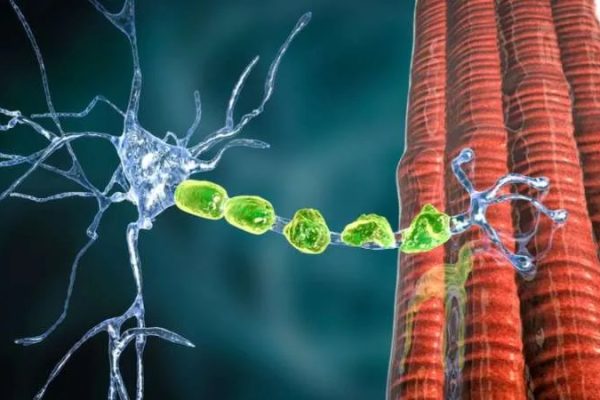Wisdom teeth removal is a common dental procedure that many people undergo at some point in their lives. Whether it’s due to discomfort, crowding, or potential oral health issues, understanding the process and what to expect can ease any apprehensions. In this comprehensive guide, we’ll delve into the details of wisdom teeth removal, including the procedure itself, recovery tips, and the importance of consulting with a family dentist.
Understanding Wisdom Teeth
Wisdom teeth, also known as third molars, typically emerge in the late teens or early twenties. While some individuals may have sufficient space in their jaws to accommodate these teeth, many face issues such as impaction, wherein the teeth don’t have enough room to erupt properly. This can lead to various complications, including pain, infection, and damage to adjacent teeth.
When Removal Becomes Necessary
The decision to remove wisdom teeth is often based on a combination of factors, including the individual’s oral health, the position of the teeth, and any symptoms they may be experiencing. A family dentist plays a crucial role in assessing the need for extraction through thorough examination and X-rays. Common reasons for wisdom teeth removal include:
- Impaction: When the teeth are unable to emerge fully due to obstruction by neighboring teeth or bone.
- Crowding: Wisdom teeth can exert pressure on existing teeth, causing misalignment or crowding.
- Infection: Partially erupted wisdom teeth can create pockets where bacteria thrive, leading to infection and gum disease.
- Tooth decay: Difficulty in cleaning and maintaining proper oral hygiene around wisdom teeth can increase the risk of cavities and decay.
The Procedure
Wisdom teeth removal is typically performed as an outpatient procedure under local or general anesthesia, depending on the complexity of the case and the patient’s preference. The steps involved in the extraction process include:
- Preparation: The dentist will administer anesthesia to ensure a pain-free experience during the procedure.
- Incision: A small incision may be made in the gum tissue to access the wisdom tooth.
- Extraction: Using specialized instruments, the dentist will carefully remove the tooth from its socket.
- Closure: In some cases, stitches may be required to close the incision and promote healing.
Recovery and Aftercare
After the procedure, it’s normal to experience some discomfort and swelling, which can be managed with pain medication and cold compresses. To aid in the healing process and minimize complications, patients are advised to follow these post-operative instructions:
- Bite on gauze: Bite down gently on gauze pads to control bleeding and promote clot formation.
- Soft diet: Stick to soft foods and liquids for the first few days to avoid putting pressure on the extraction sites.
- Oral hygiene: Maintain good oral hygiene by gently brushing and rinsing with a saltwater solution to keep the area clean.
- Avoid smoking: Refrain from smoking or using tobacco products, as they can delay healing and increase the risk of complications.
Consultation with a Family Dentist
A family dentist plays a pivotal role in the overall oral health and well-being of individuals of all ages. From routine cleanings and preventive care to specialized treatments like wisdom teeth removal, a family dentist offers comprehensive services tailored to each patient’s needs. By scheduling regular check-ups and seeking timely intervention for any dental concerns, families can ensure optimal oral health for generations to come.
Conclusion
Wisdom teeth removal is a common dental procedure that can alleviate pain, prevent oral health issues, and promote overall well-being. By understanding the process, seeking guidance from a family dentist, and following post-operative care instructions, individuals can undergo this procedure with confidence and minimal discomfort. Remember, proactive dental care is key to maintaining a healthy smile for life.






